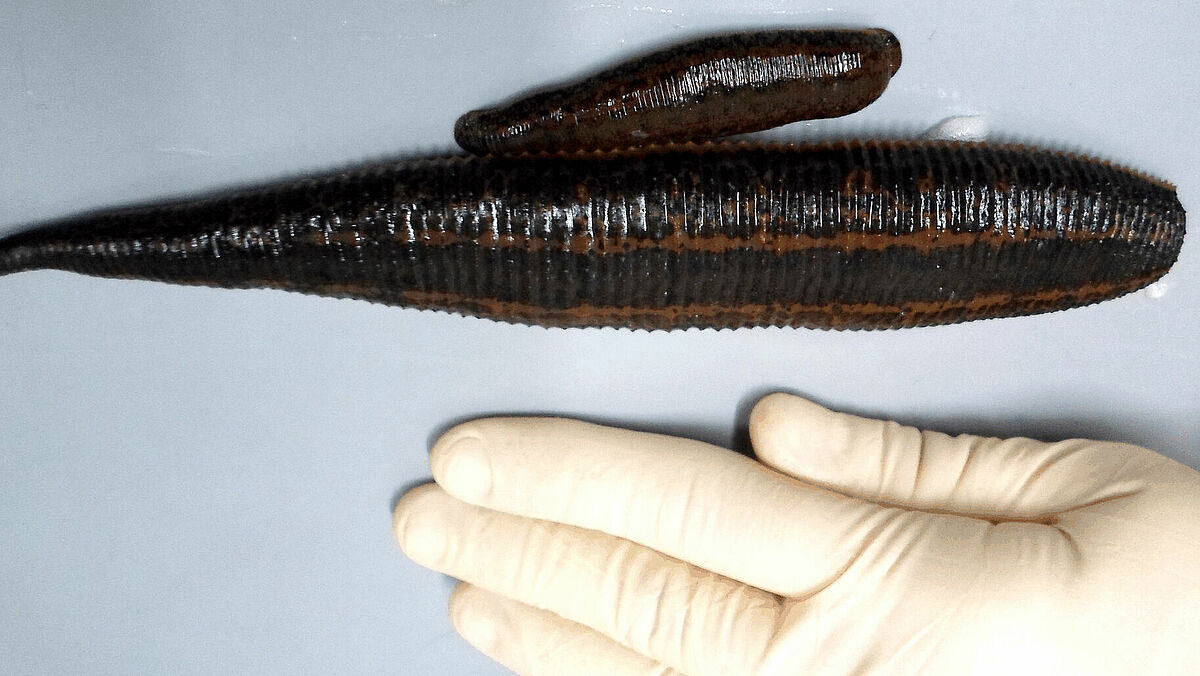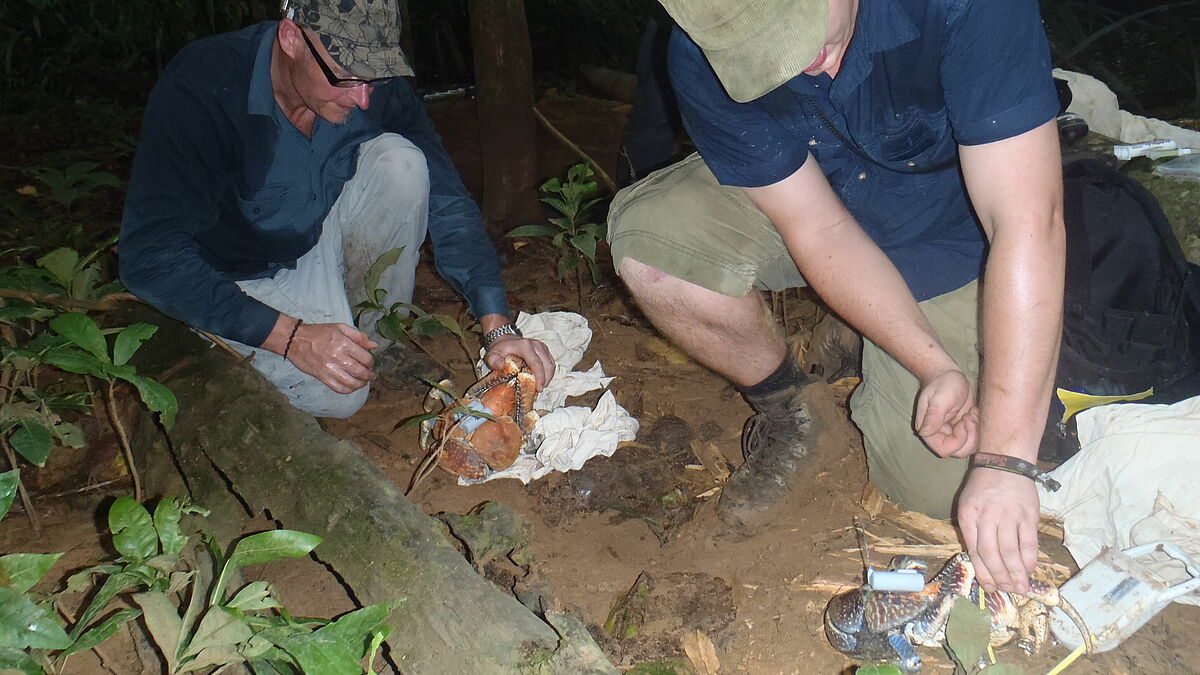The deeply religious people of the Middle Ages strived throughout their lives to attain salvation. When the idea of purgatory was established in the 13th century, indulgences as a remission of the punishment for sins became the focus of efforts to achieve salvation in the hereafter.
In addition to many other pious works, pilgrimages to more or less distant holy sites served this purpose. Pilgrimages were often specified in wills as a last will and testament, carried out by friends and acquaintances, but sometimes also by professional pilgrims, in order to pray on behalf of the deceased's salvation. However, pilgrimages were also imposed as penance for secular and ecclesiastical punishments or arranged as atonement between the perpetrators and the relatives harmed by a death.
In addition to written documents, evidence of pilgrimages were pilgrimage signs, mostly flat or grid castings made of lead/tin alloys, which were sold as inexpensive souvenirs at the place of pilgrimage from the 12th century onwards. They often show an image of the saint or saints venerated there and their attributes, the relics or the legend of the miracle.
Purchased in their hundreds of thousands, pilgrimage signs with their pictorial and textual information were one of the oldest mass media to spread their message in Christian Europe.
At the place of pilgrimage, they were often used as contact relics in order to come into contact with the venerated object. Until the Reformation, the end of the medieval pilgrimage tradition, pilgrims wore the signs on their hats or pilgrimage bags as proof of their pious endeavours and evidence of their journey. Back home, they were proof of a successful pilgrimage and were probably treasured as personal devotional objects.
From the 11th century onwards, the most distant and at the same time most important pilgrimage destinations for Christians were Jerusalem, Rome and Santiago de Compostela in Galicia (north-west Spain). The cost-intensive journeys on the unsafe country roads not only took weeks and months, but their own lives were in constant danger from disease, highwaymen and robbers. Travelling by ship was no less dangerous. Outside the Hanseatic region, the language was difficult or impossible for the Low Germans to understand, and they became homo peregrinus, strangers in this world. Despite all these adversities, hundreds of thousands of pilgrims travelled every year, especially to the public pilgrimages in the Rhineland, which took place every seven years.
Bereits im 14. Jahrhundert entstanden neben den bedeutenden Pilgerstätten im Rheinland auch in Mecklenburg und Pommern Wallfahrtsstätten mit überregionaler Ausstrahlung, an denen Pilgerzeichen ausgegeben wurden. Ist die auf eine angebliche Hostienschändung Sternberger Juden im Jahre 1492 zurückgehende und durch den aufstrebenden Buchdruck propagierte Wallfahrt zum heiligen Blute fest in der Landesgeschichte verankert, war ein ähnliches, 1332 in Güstrow erfolgtes Ereignis bis vor wenigen Jahren weitgehen vergessen, bis es vor kurzem im Wesentlichen durch archäologische Funde von Pilgerzeichen wieder in Erinnerung gebracht wurde.
Die meisten bei archäologischen Untersuchungen in Mecklenburg-Vorpommern geborgenen Funde stammen aus organisch reichen Schichten oder Feuchtbodensedimenten, in denen außerordentlich günstige Überlieferungsbedingungen herrschen. Besonders zahlreich sind Pilgerzeichen in den Hansestädten Rostock, Wismar, Greifswald und Stralsund gefunden worden. Neben diesen Bodenfunden sind Pilgerzeichen auch als Abgüsse auf Kirchenglocken und Bronzetaufen überliefert.
Sie geben Auskunft über längst vergangene Wallfahrtsorte und sind mitunter die einzigen materiellen Zeugnisse deren Geschichte, tragen somit zur Erforschung der Landesgeschichte bei und testieren dem mittelalterlichen Menschen, auch aus den unteren Schichten, eine bemerkenswerte Mobilität.
Time: Thursday, 12.06.25, 18:00
Place: Rostock Museum of Cultural History (Admission is free!)
Zoom: uni-rostock-de.zoom-x.de/j/63076449055
Speaker: Dr Jörg Ansorge
The rest of the lecture series programme can be found on the website of the Zentrum Mecklenburg:








